Why Darth Maul from Star Wars Has Horns: The Real Explanation
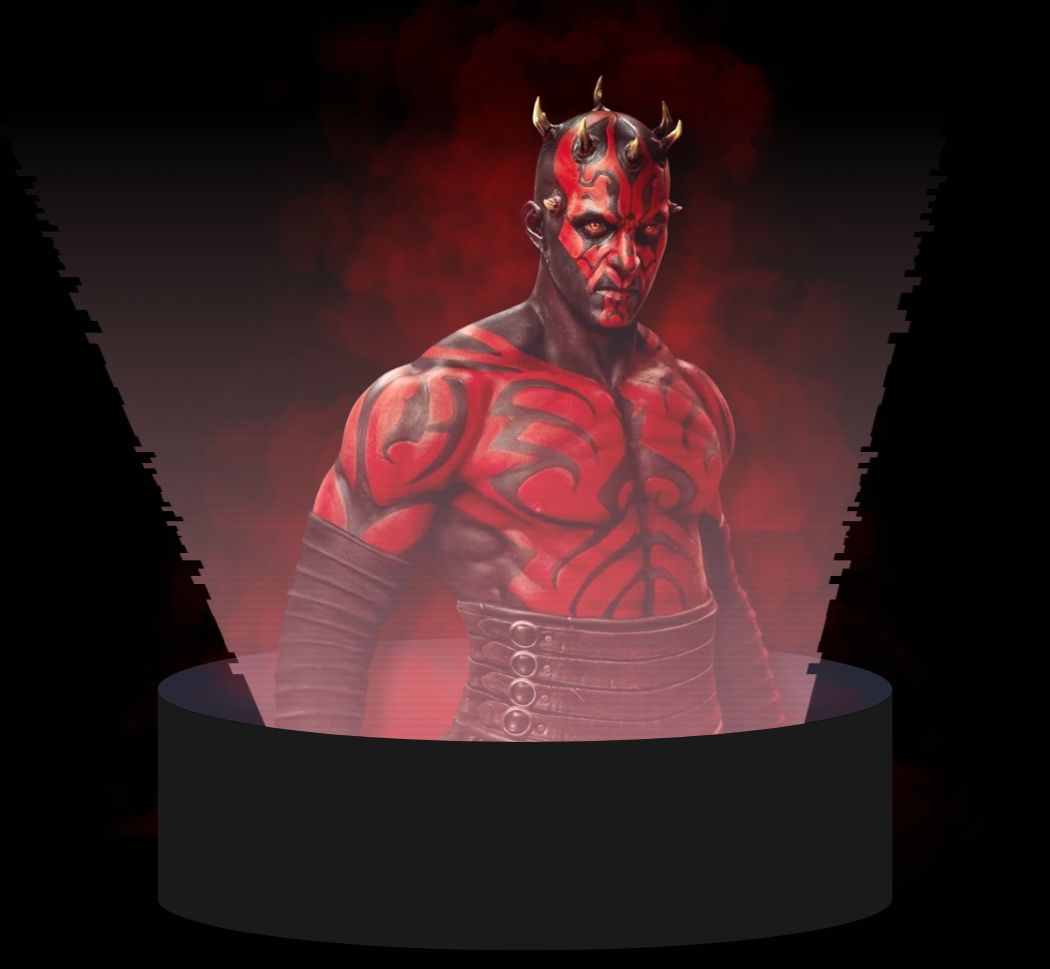
Darth Maul’s horns, though often seen as a deliberate symbol of his Sith ferocity, were originally a misunderstood design element. Artist Iain McCaig had envisioned black feathers symbolizing spiritual focus, but the effects team mistook them for bone-like horns—and the mistake stuck. In-universe, the horns are a biological trait of Maul’s Zabrak species, amplified by his Dathomirian heritage. This fusion of accidental artistry and natural lore made Maul one of the most visually iconic villains in Star Wars.
Why Darth Maul from Star Wars Has Horns: The Real Explanation
Darth Maul’s horns have become one of the most iconic elements of his appearance, but their origin is far stranger than most fans realize.
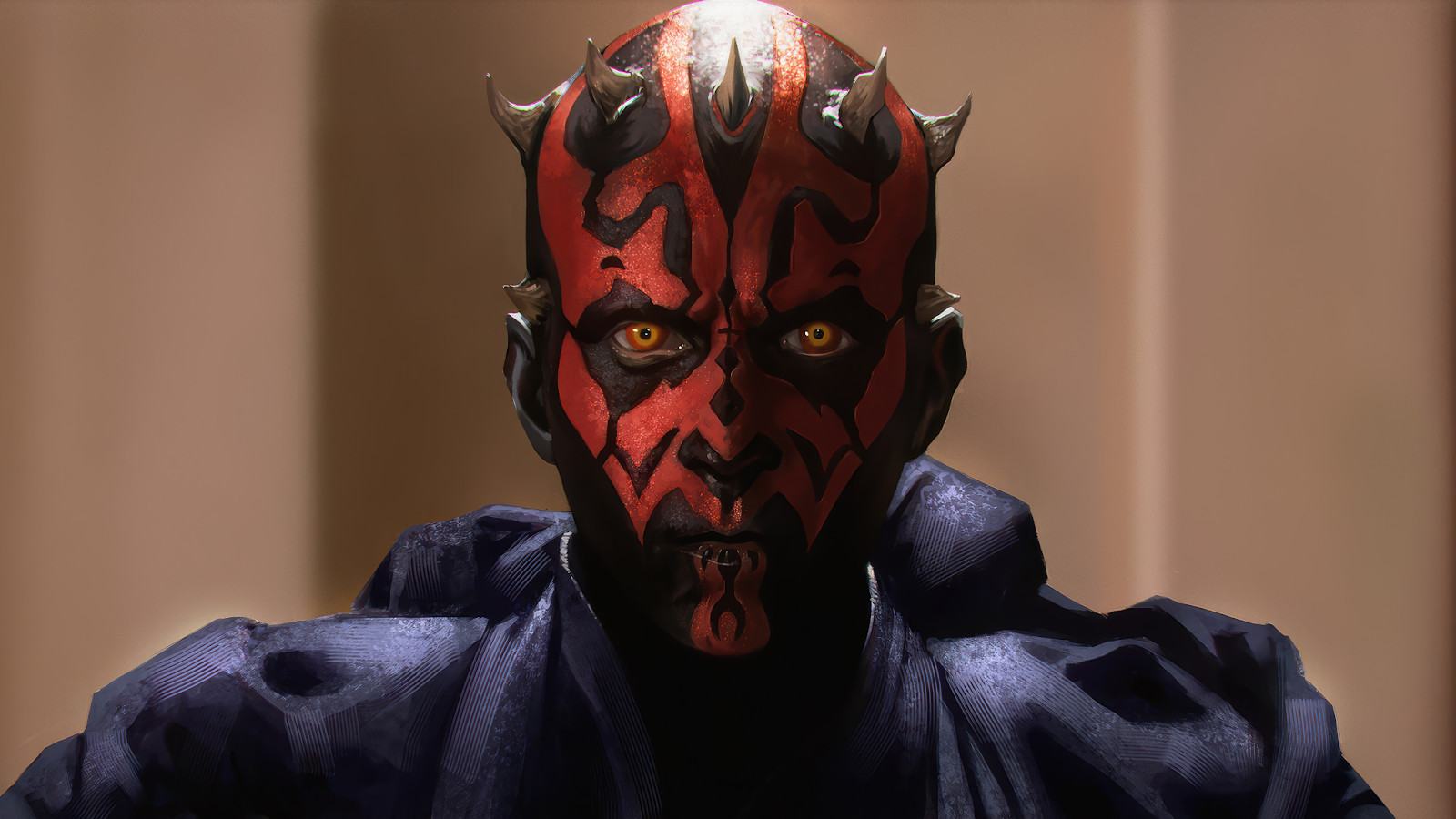
While many assume the horns were a carefully planned design choice reflecting his fearsome Sith nature, they were actually a happy accident. During the early concept stages of The Phantom Menace, artist Iain McCaig initially gave Maul a headdress made of elegant black feathers, drawing inspiration from Native American prayer totems and personal nightmares.
These feathers were meant to symbolize focus and spiritual energy, part of Maul’s morning ritual as a disciplined warrior. However, when the concept moved from art to creature effects, the design team mistook the feathers for bone-like protrusions.
Rather than correct the misunderstanding, McCaig embraced the reinterpretation. The result? Darth Maul’s signature crown of horns—an accidental innovation that became one of the defining visuals of the prequel trilogy.
Horns as a Biological Trait of Darth Maul’s Species
Within the Star Wars universe, Maul belongs to the Zabrak species, a humanoid race native to the planets Iridonia and Dathomir.
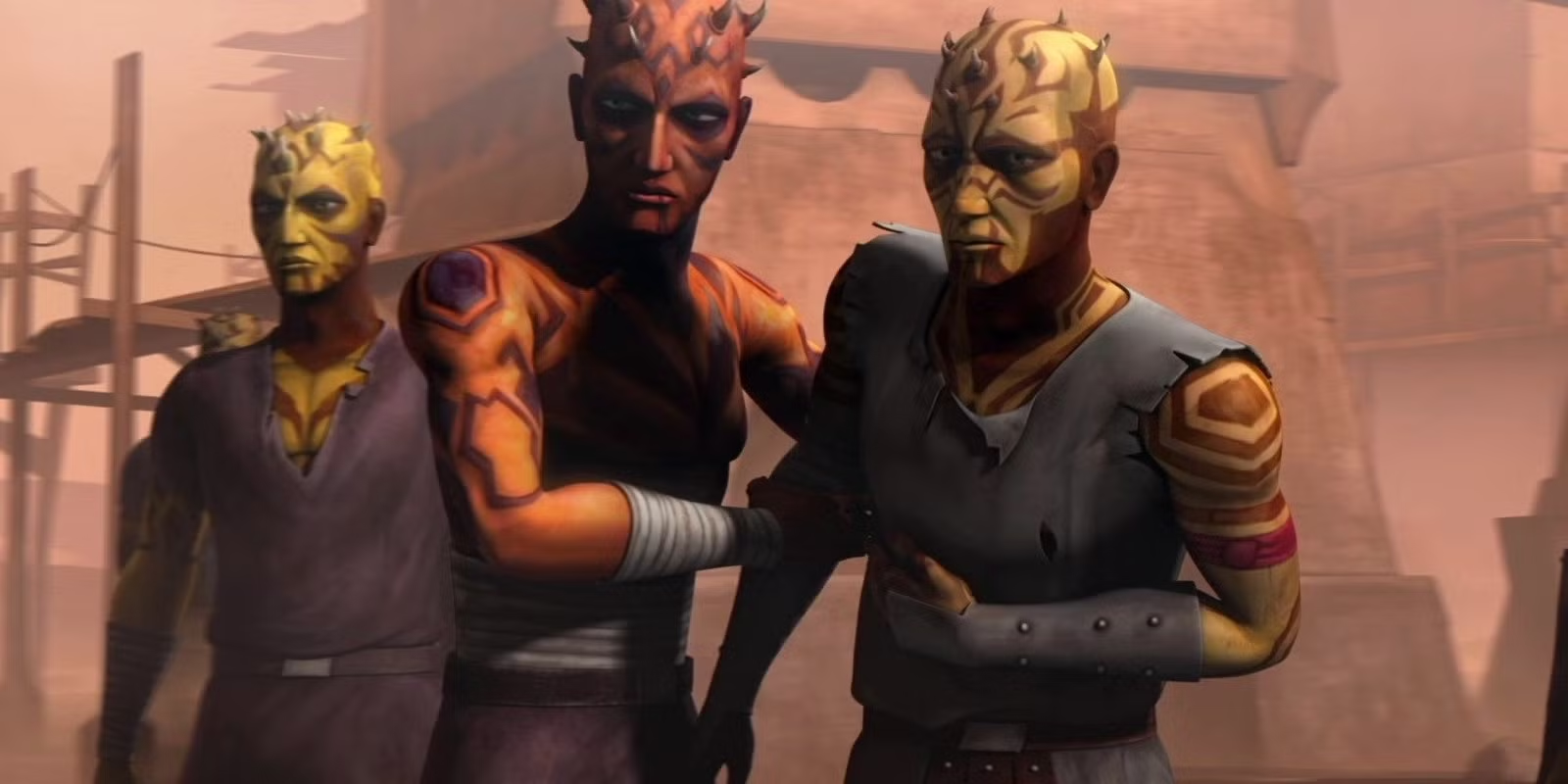
Among the most visually distinct of all alien species in the galaxy, Zabraks are easily identified by the ring of short horns that grow from their skulls. These horns are a natural biological feature and vary in size and number depending on the individual and subspecies.
In Maul’s case, being a Dathomirian Zabrak—a hybrid born of a Nightsister mother and a Zabrak father—resulted in a particularly dramatic set of facial features. Combined with his ritualistic black and red tattoos, the horns give Maul a demonic appearance that perfectly suits his role as a lightsaber wielding Sith warrior.
While the original feather design was unintentional, it ultimately harmonized with Zabrak biology, reinforcing the character’s terrifying mystique in a way that felt completely natural within the lore.
How Darth Maul Came Into Existence
Darth Maul’s journey from concept to screen was anything but straightforward. Created by George Lucas and brought to visual life by Iain McCaig, Maul was envisioned as the first major Sith adversary seen since Darth Vader, and the pressure to create a memorable villain was intense.
Lucas described him as a “nightmare,” prompting McCaig to draw from his own fears when crafting the character’s early sketches.
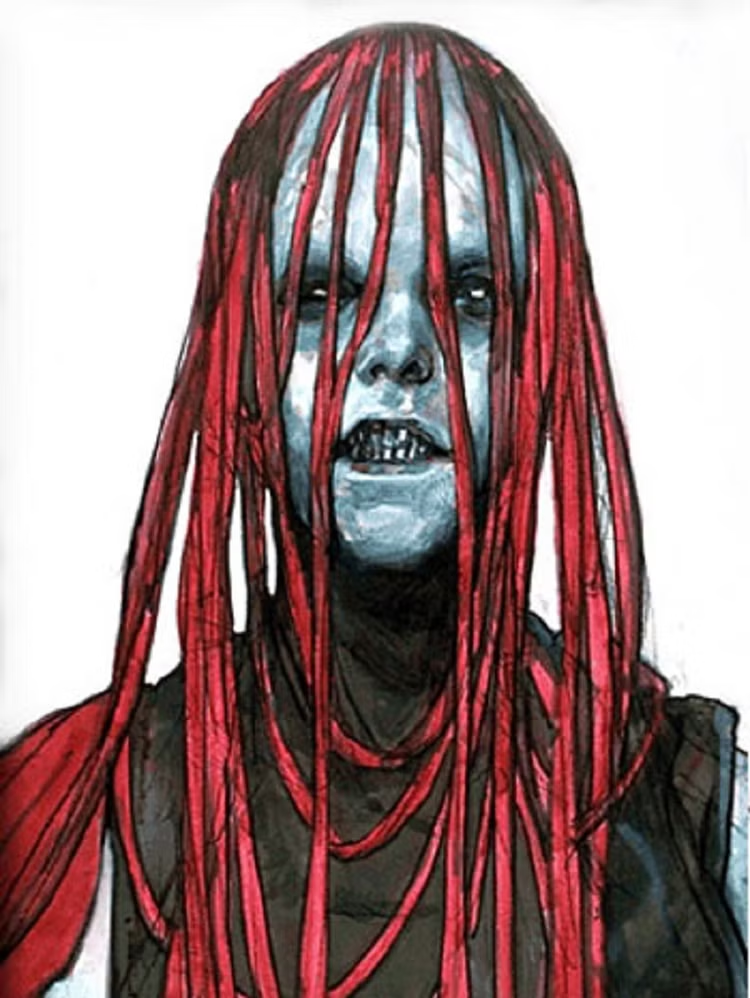
The process began with a spectral, ghost-like face pressed against a window—an eerie image from McCaig’s childhood dreams. From there, the character evolved into something more mythic, drawing from archetypes like clowns and monsters to instill unease.
Maul’s facial design eventually took on the form of flayed muscle tissue overlaid with symmetrical tattoos, echoing the shape of underlying facial musculature.
This Rorschach-like pattern gave Maul a surreal, almost supernatural presence. Originally imagined as female and even sketched with a more armor-bound aesthetic, Maul’s design shifted over time into the acrobatic, robe-wearing assassin we know today.
Choosing to Give Darth Maul Horns in His Design
The inclusion of horns in Maul’s final design was never part of an intentional plan—it was the product of artistic miscommunication.
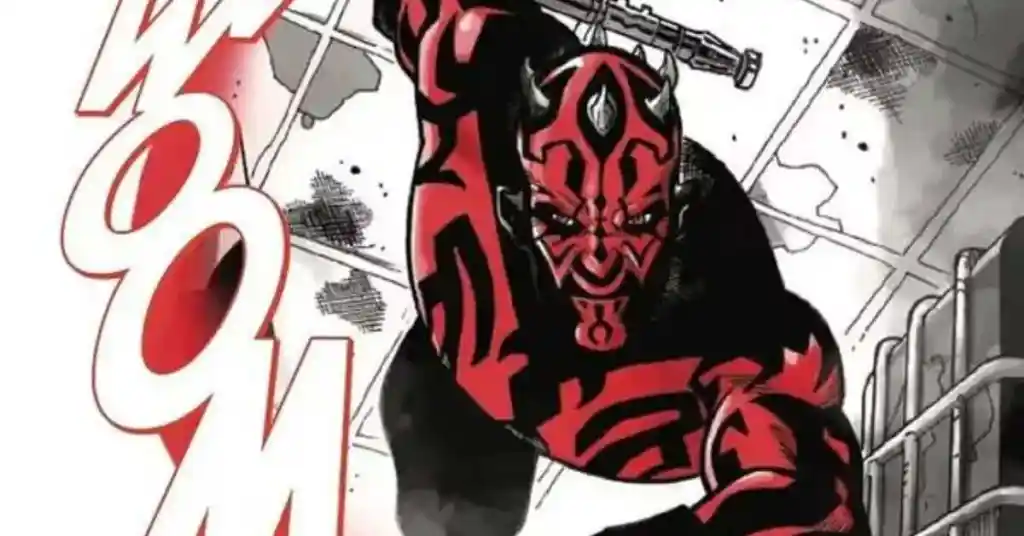
When Iain McCaig handed off his concept of Maul with feathered headdresses to the creature effects team, they assumed those dark elements were meant to be rigid horns.
Nick Dudman, who led the Creature Effects department, modeled Maul’s prosthetics accordingly, and the change stuck.
To McCaig’s credit, he didn’t resist the reinterpretation—instead, he saw it as a natural enhancement of the character’s terror-inducing image. Rather than soft, ceremonial feathers, Maul now had jagged, devilish horns erupting from his skull, giving the character an instantly threatening silhouette.
This unplanned evolution not only intensified Maul’s visual impact but also lent itself well to the in-universe biology of the Zabrak race, grounding the mistake in canon and turning an oversight into brilliance.
The Impact and Ongoing Influence of Darth Maul
Despite having only a handful of lines and a single film appearance in The Phantom Menace, Darth Maul became one of the most enduring icons of the Star Wars franchise. His visual design—topped by his unmistakable horns and deadly double-bladed lightsaber—immediately captured audiences.
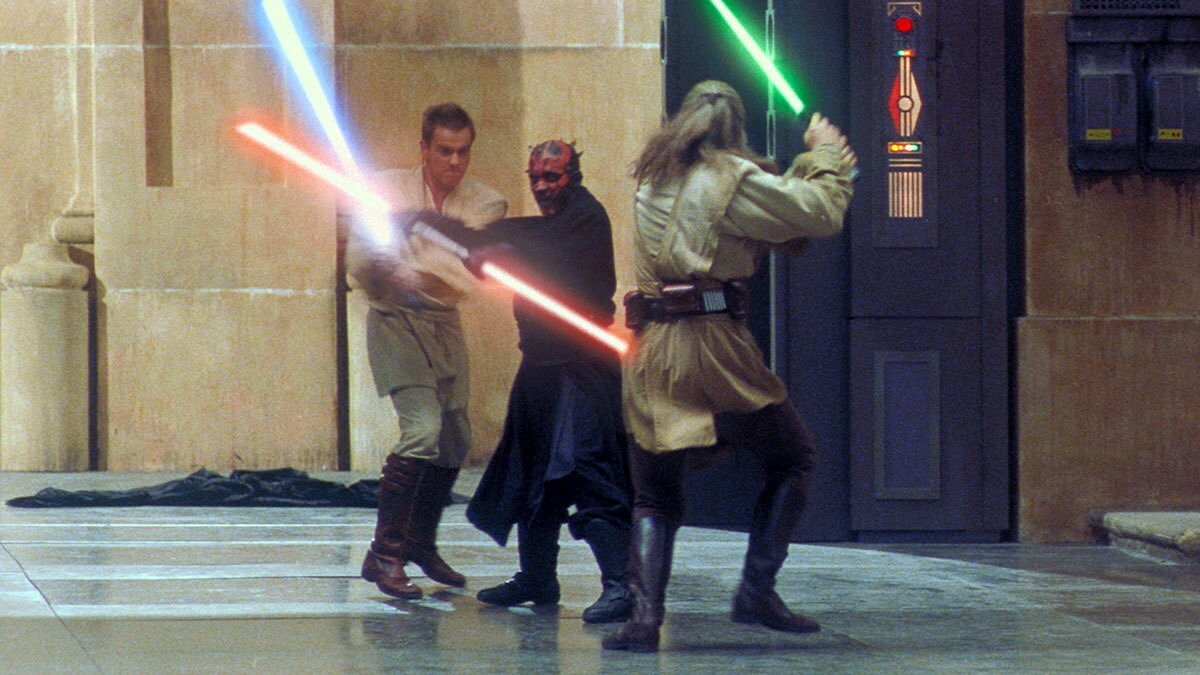
But Maul's influence didn't stop at aesthetics. Over time, he was reintroduced and expanded in the animated series The Clone Wars and Rebels, where he became a richly developed character with a tragic arc.
From criminal overlord to exiled warrior, Maul’s journey became one of vengeance, manipulation, and ultimately, bitter defeat. His survival after being bisected—by Obi-Wan Kenobi--and his transformation into a scheming power broker—added new layers to what began as a striking but silent enforcer.
He influenced everything from toy lines to story arcs in later canon, and his resurrection proved that even characters with limited screen time can leave a massive legacy when given the right narrative treatment.
Final Thoughts
Darth Maul’s horns, at once an artistic fluke and a narrative fit, are emblematic of how Star Wars often thrives on creative accidents that feel strangely inevitable.
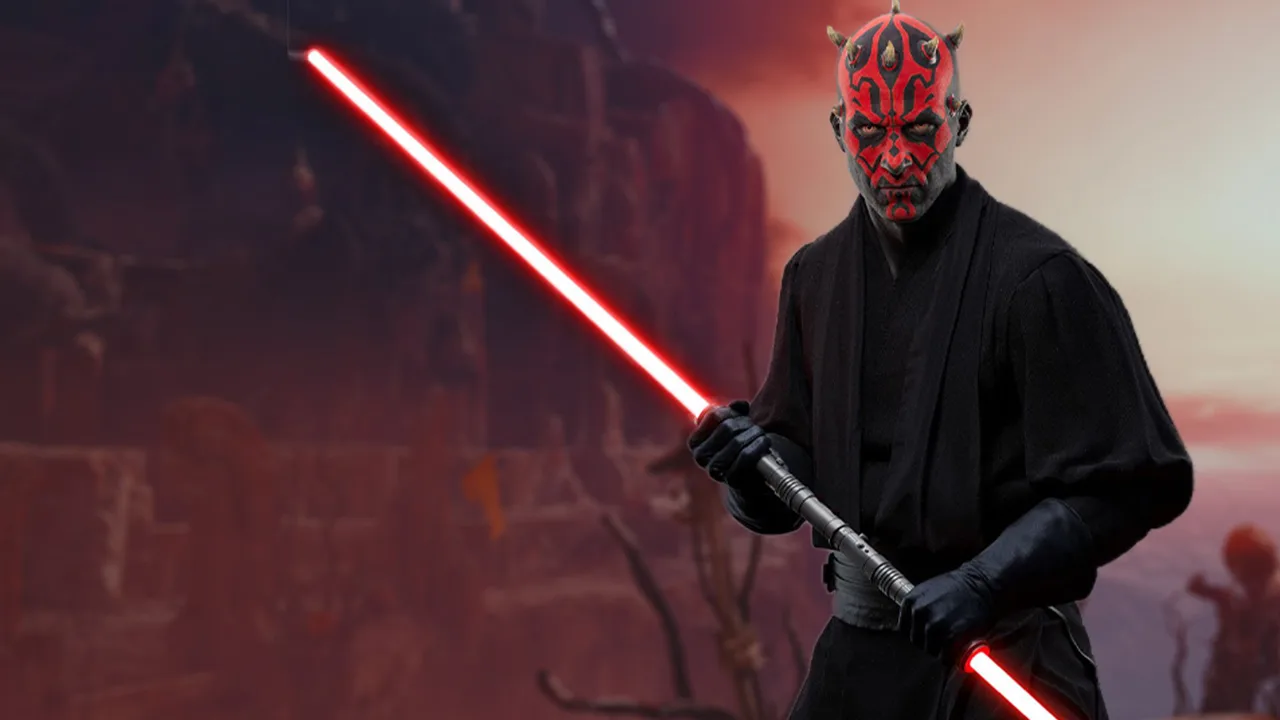
What began as a set of feathers morphed—quite literally—into one of the most iconic silhouettes in science fiction. Behind those horns lies a character born from fear, raised in torment, and shaped by betrayal. He’s more than a visual spectacle; he’s a cautionary tale of power, purpose, and obsession.
From his origins as Sidious’s expendable apprentice to his rise and fall across the criminal underworld, Maul’s enduring popularity shows how even the most monstrous figures can hold depth, tragedy, and an odd sort of dignity. His horns are not just adornments—they are scars, warnings, and symbols of a legacy built in pain and defiance.




















.jpg)
